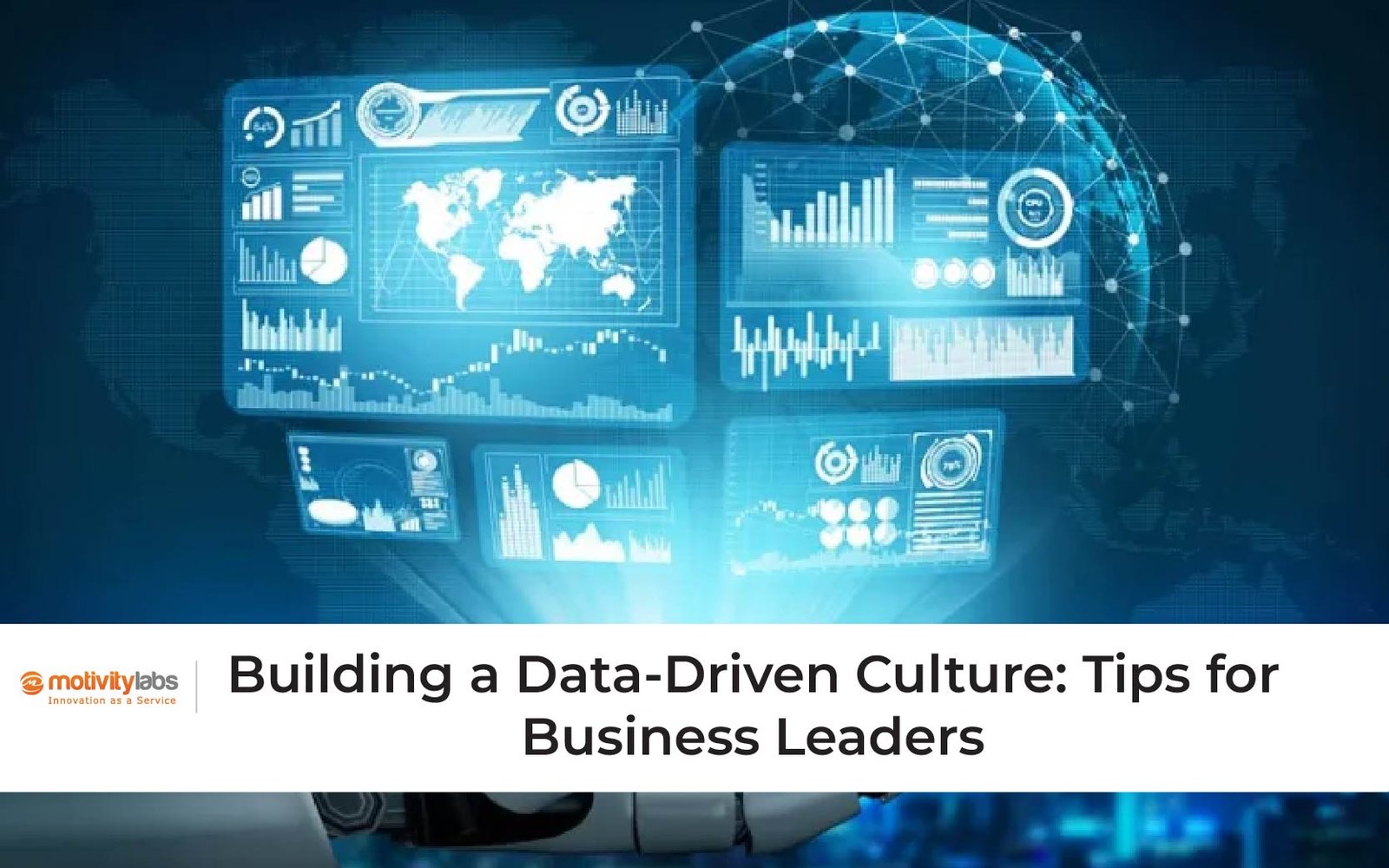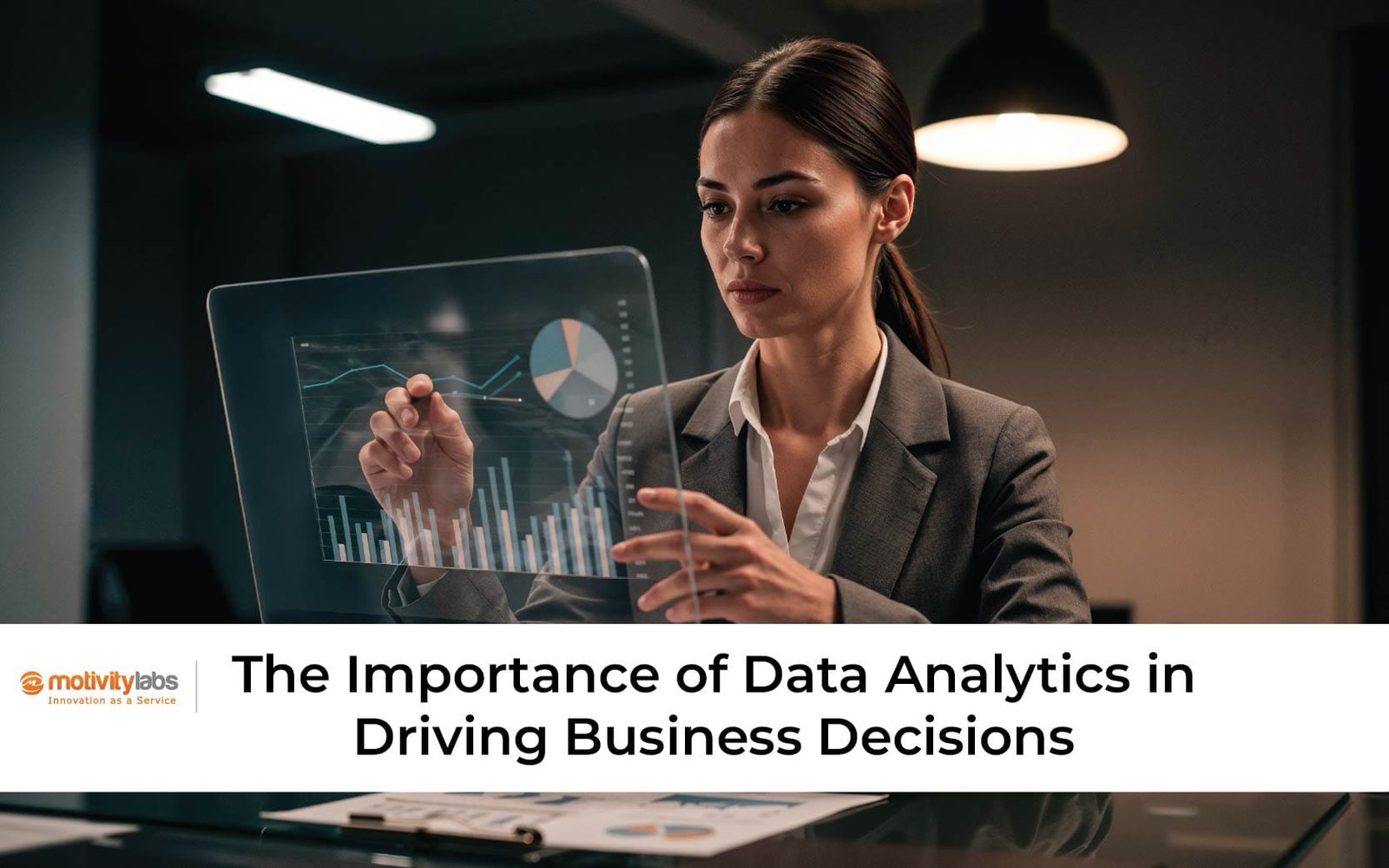Table of Contents
Data Analytics continues to evolve at breakneck speed. Businesses now treat data as currency, mining it for insights that drive innovation, customer engagement, and competitive edge. In 2025, this field enters a new phase. Technology no longer supports analytics; it becomes analytics. The separation between analytics tools and business processes vanishes. What follows is a look at the most disruptive data analytics trends reshaping how industries operate, compete, and grow in 2025.
1. AI-Powered Decision Intelligence
Artificial Intelligence shifts from experimental to essential. In 2025, AI powers end-to-end decision-making across enterprises. Algorithms do not just suggest actions—they execute them. Decision intelligence platforms combine machine learning, process automation, and real-time data pipelines. This allows organizations to move from reactive to predictive to autonomous operations.
According to Gartner, by 2025, over 33% of large organizations will adopt decision intelligence for structured decision-making, leading to improved accuracy and enhanced operational performance. These systems outperform human-only teams in areas like supply chain optimization, fraud detection, and dynamic pricing. As data volumes increase, human capacity alone cannot scale. Decision intelligence becomes the solution.
2. Real-Time Analytics at Scale
Speed beats size. Real-time analytics transforms how businesses respond to market shifts, customer behavior, and operational bottlenecks. Technologies such as in-memory computing, edge analytics, and streaming data platforms are accelerating the delivery of insights. These tools enable organizations to access real-time data at the exact moment decisions need to be made.
Retailers analyze foot traffic and sales trends in real-time to adjust in-store experiences. Financial institutions flag suspicious activity in milliseconds. Manufacturing systems self-correct based on sensor input. In 2025, organizations expect instant feedback. Anything less is obsolete.
Cloud platforms accelerate this transformation. Tools such as Apache Flink, Google BigQuery, and AWS Kinesis support real-time data processing. They eliminate the complexity of managing underlying infrastructure, making advanced analytics more accessible and scalable. Speed and scale become baseline expectations, not competitive advantages.
3. Data Fabric and Unified Data Architecture
Data silos dissolve in 2025. A data fabric architecture connects diverse data sources—cloud, on-premises, and hybrid—into a single, intelligent framework. Data silos disappear in 2025. A data fabric architecture connects diverse data sources across cloud, on-premises, and hybrid environments into a unified and intellectual framework.
Businesses no longer struggle with fragmented views of customers or operations. Data fabric provides seamless data access while maintaining governance and security. It’s not about moving all data to one place; it’s about creating a virtual layer that makes all data usable, regardless of where it lives.
This trend simplifies analytics workflows. Analysts spend less time on data wrangling and more on extracting insights. Data fabric also enhances data discovery, enabling faster product innovation and more accurate forecasting.
4. Rise of Augmented Analytics
Augmented analytics redefines who gets to analyze data. In 2025, it empowers non-technical users to generate insights through natural language queries, visual interfaces, and AI-driven recommendations. Think of it as analytics with a brain.
Sales managers ask, “Why did revenue dip in Q3?” and receive not just numbers but explanations. HR teams explore attrition patterns without SQL. Product leads forecast demand using AI-generated dashboards.
Democratization of analytics reduces reliance on data teams and speeds up decision-making across the organization. It makes analytics accessible, intuitive, and embedded into daily workflows. Organizations that adopt augmented analytics foster stronger data literacy and accelerate decision-making through faster feedback loops.
5. Predictive and Prescriptive Analytics Go Mainstream
Traditional historical analysis no longer meets the needs of modern organizations. In 2025, predictive analytics will become standard practice. Prescriptive analytics takes center stage. These tools answer not just “What will happen?” but “What should we do?”
Retailers use predictive models to identify customer churn and launch targeted loyalty campaigns in response. Healthcare providers forecast patient readmission and adjust treatment plans. Logistics teams optimize delivery routes based on weather, traffic, and historical trends.
Predictive models no longer sit in data science silos. They integrate directly with ERP, CRM, and CX platforms. Prescriptive analytics layers on top, recommending actions and estimating impact. This creates a closed feedback loop from insight to action to outcome.
6. Ethical and Responsible Data Analytics
Data analytics power comes with ethical responsibility. In 2025, organizations face heightened scrutiny over data privacy, model fairness, and algorithmic transparency. Governments enforce stricter data regulations. Customers demand greater control over their digital identities.
Analytics strategies now include fairness audits, explainability dashboards, and bias mitigation protocols. Businesses cannot treat these as compliance checkboxes. They become brand differentiators and trust-builders.
Responsible AI frameworks help ensure that algorithms operate fairly and do not perpetuate inequality. Transparent data usage policies build loyalty. Ethics becomes a design principle, not an afterthought. Companies that ignore this shift face reputational and legal risks.
7. Generative AI for Data Synthesis
Generative AI takes analytics to uncharted territory. In 2025, models like GPT and DALL-E will evolve into tools for generating synthetic data, business scenarios, and analytical narratives. This opens new possibilities.
Data privacy concerns are addressed through synthetic datasets that preserve patterns without exposing identities. Product teams simulate future market conditions before bringing new offerings to market. Executives receive AI-generated reports that read like expert commentary.
Generative AI becomes a co-pilot for data analysts. It accelerates experimentation, enhances creativity, and scales storytelling. Rather than replacing human analysts, it boosts their capacity and depth.
8. Embedded Analytics and Data Products
Data analytics moves closer to the action. Embedded analytics integrates insights directly into the tools employees already use. Dashboards are integrated directly into collaboration tools, customer relationship management systems, and supply chain platforms. This eliminates context switching and improves adoption.
In 2025, companies move beyond reporting. They build data products, reusable analytical components that serve specific business needs. These include customer health scores, risk models, and revenue forecasting engines.
Productizing analytics increases consistency, scalability, and speed. It also positions analytics teams as internal service providers. They deliver strategic insights rather than simply producing ad hoc reports.
9. Automation of Analytics Engineering
Data engineering sees its revolution. By 2025, automation tools will automate routine tasks, namely data cleaning, schema mapping, and pipeline deployment. Low-code and no-code platforms enable faster development cycles. This allows data teams to focus on architecture, governance, and experimentation.
Automation platforms monitor data quality, resolve issues, and optimize pipeline performance without human intervention. Self-healing data systems reduce downtime and boost reliability. Businesses achieve faster time-to-insight and better data integrity. Data engineering becomes smarter, not just faster.
10. Hyper-personalization Through Advanced Segmentation
Customers expect personalized experiences. In 2025, data analytics delivers on that promise. Advanced segmentation models group users based on real-time behavior, intent signals, and predictive scores. This enables highly personalized experiences and more effective targeting across channels. One-size-fits-all strategies disappear.
Marketers customize campaigns by microsegments. Retail apps show dynamic product recommendations. Financial services tailor offers based on life events and spending habits. Hyperpersonalization moves from nice-to-have to must-have.
The trend relies on robust customer data platforms, behavioral analytics, and machine learning. Organizations that get it right see higher conversion rates, better retention, and stronger brand loyalty.
A New Era for Data Analytics
The data analytics landscape in 2025 challenges organizations to rethink every aspect of their approach. This includes speed, ethics, architecture, automation, and user empowerment. It is no longer about collecting more data. It’s about making intelligent, faster, and more responsible use of it.
Motivity Labs helps businesses navigate this complexity. With deep expertise in data platforms, analytics strategy, and AI integration, Motivity Labs empowers companies to transform data into decisive action. Whether your goal is real-time insight, predictive accuracy, or scalable architecture, their solutions deliver impact at every stage of the analytics journey.
Explore how Motivity Labs can unlock game-changing value from your data: Motivity Labs Data Analytics Services.



